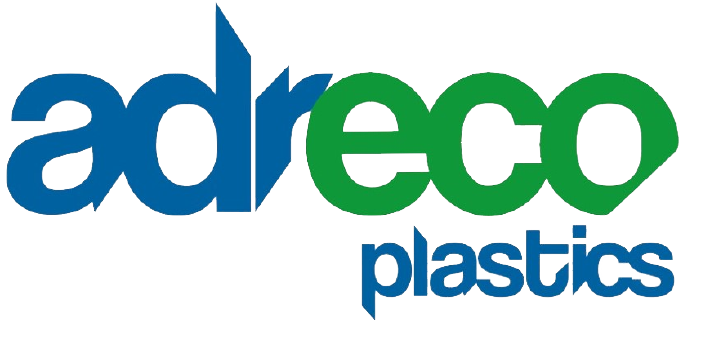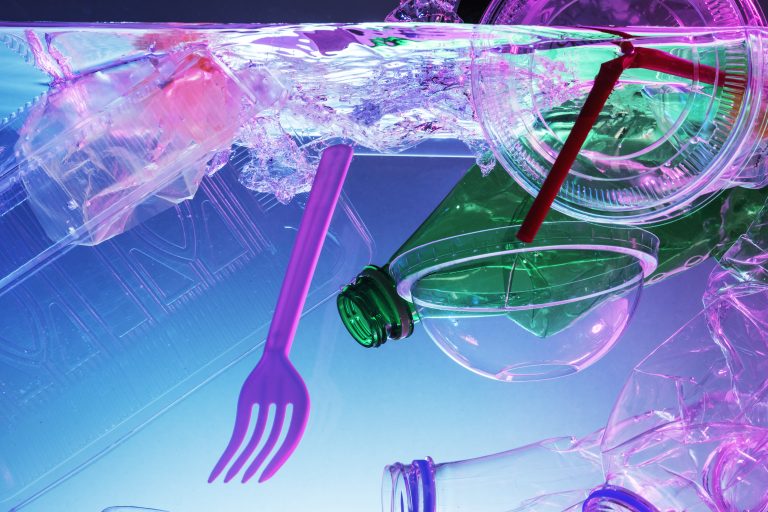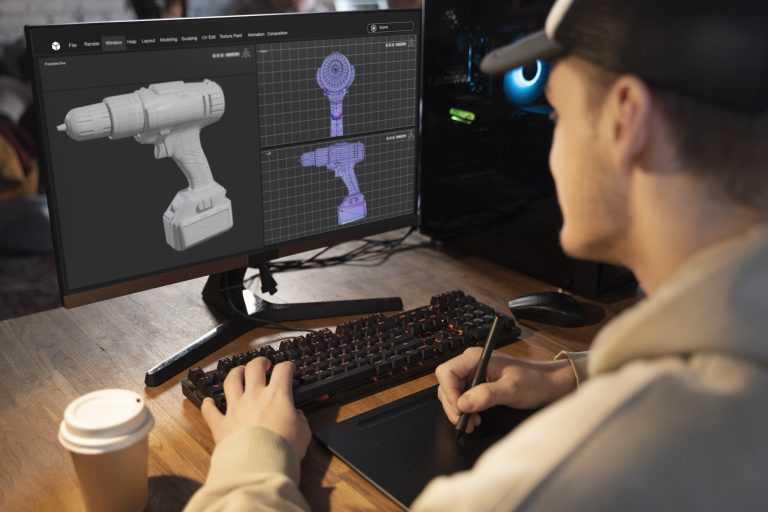For many years, injection moulding has led the way as a technique for producing three-dimensional plastic products that are used across every sector and country in the world.
However, just as technology advances in all areas, so the advent of 3D printing has given manufacturers and consumers a greater choicer when it comes to deciding how to make plastic products. Both methods have their distinct advantages and disadvantages and are used for different products, applications and circumstances.
What is 3D printing?
3D printing can also be known as additive manufacturing and is an up-and-coming method of producing plastic components quickly and efficiently. More and more applications using 3D-printed parts are emerging and the advantages are being enjoyed by many customers around the world.
The process works by a 3D printer laying down multiple successive layers of very thin plastic, bringing an object that has been digitally designed using 3D printing software ‘to life’ by replicating its shape and form as the plastic layers build up.
The technology behind 3D printing has evolved rapidly over the past five years which, coupled with the rise of desktop 3D printer ownership and 3D printing service providers, has caused the method to enjoy a surge in popularity.
From factory machine parts to prosthetic limbs, 3D printed parts and components are now commonly found across a wide range of sectors. Where the technology used to be the preserve of highly specialised design engineers, it is fast becoming more accessible across many diverse sectors, such as automotive, construction, medical, retail and heavy industry.
What is injection moulding?
Plastic injection moulding is a process that forms a plastic product into the required shape using melted plastic and moulds. The plastic or polymer material being used is heated until it reaches liquid form, poured into the specially designed and constructed mould and kept at high pressure until it is quickly cooled and reformed into a solid shape.
The newly moulded component is removed from the injection moulding machine and quality checked before being moved along the processing line, either to be added to a larger piece of equipment or shipped out as it is for consumer use. Parts can be produced by this method in very high volumes that are accurate and consistent with each other.
The injection moulding process can also provide customers with quick lead times and relatively low production costs, due to the conformity of the process. Finished plastic injection products are normally aesthetically pleasing, strong and of good quality with impressive mechanical properties and very good colour control.
One disadvantage around the method, however, is around the initially high tooling and machinery costs, but these can be off-set with consistent production figures and a robust supply chain.
Key differences
When it comes to working out the differences between 3D printing designs and 3D printing materials and the methods behind manufacturing injection moulding products, there are many variations around costs, design, processes and finished results. Let’s check out some detailed information for 3d printing vs injection moulding.
3D printing offers relatively low entry costs, as a desktop 3D printer and filament supply can start at fairly low prices, depending on the scope and size of the operations.
These lower costs can be passed on to the customer, although if a very large production run is required, it could be that injection moulding works out cheaper per unit in the long run. It is easier to make changes to the design using a 3D printer as CAD software is involved and this method can also be employed to support more complicated designs.
However, injection moulding can be a quicker process overall, especially if multiple copies of the same product or design are required. The injection moulding process can cope better with large-scale orders and will usually create a smoother finish than 3D printing can – crucial for making moving machine parts or implantable devices for medical applications.
Injection moulded products tend to be stronger too as they are made from a single poured layer of plastic, rather than lots of thin slices that are placed on top of each other by the 3D printer to build up the required shape and design. Disadvantages also include the fact that it is harder t to change or correct a design and initial costs are higher as the equipment is more expensive to purchase and install.
Which method should I choose?
As with any manufacturing process, choosing the right one depends entirely on what you are going to use the finished products for and what type of specifications you need them to have – tensile strength, smoothness, heat or pressure resistance and colour fastness, for example.
As already mentioned, smoothness is crucial for moving machinery parts used in construction and heavy industry and for implantable devices used in the medical field. Colour fastness and finish are of paramount importance to the packaging and retail world, where the brand is dependent on the quality of a company’s products and advertising merchandise.
Knowing how the finished product must look, feel and operate is, therefore, the main information to establish before deciding on which production method to use. Research into the various types of injection moulding processes and 3D printing materials will also help inform this important decision and produce better results.
Pricing points
Pricing points also vary hugely depending on the type and complexity of the design required, the number of prototypes and changes made during the design process, the type of material used and the quality and quantities required, the scale of the manufacturing project and the scale of the ongoing supply chain – delivery costs, geographical considerations and any legalities or industry standards that need to be complied to.
As a rule, 3D printing is the preferred option for more complex, lower-scale production as the designs can be changed more easily without incurring significant additional costs and the 3D printer and filament supplies can be obtained at a lower cost when initially setting up.
For customers, the printing company will typically share these savings with them. While injection molding is expensive to start, it becomes faster and cheaper to produce items once it’s set up, as long as the design doesn’t need to be changed and the production volumes are large enough to make the investment worthwhile.





